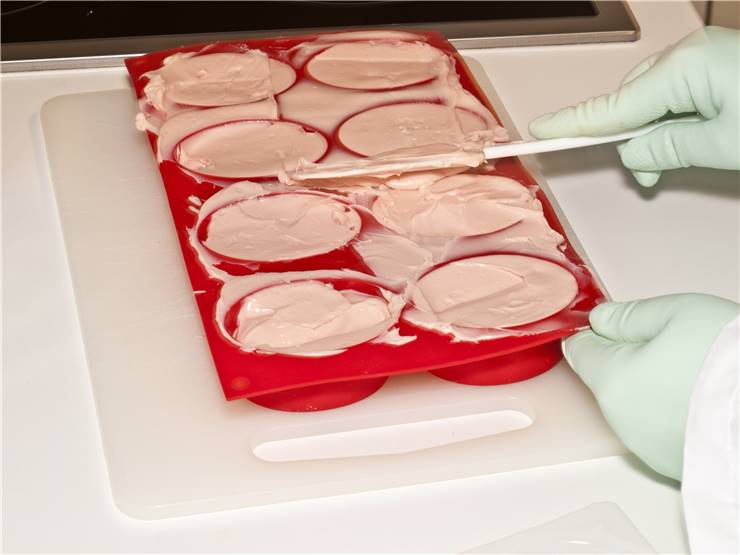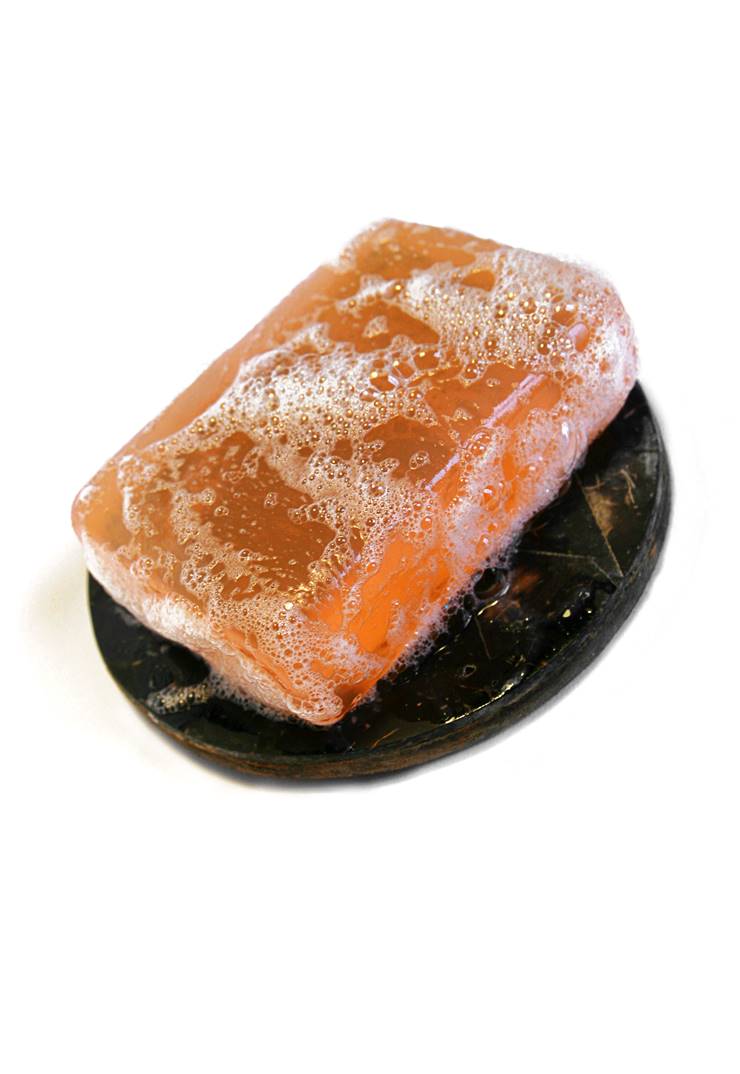How Soap is Made?
"The cold process method" is the most popular soap making process today. Some soap makers use the hot process, which was much more significant in the past centuries.
Handmade soap is technically glycerin soap and it differs from industrial soap. In hand soap process method an excess of fat is used to consume the alkali, and in that the glycerin is not harvest out. This supperfatted soap is more skin-friendly than industrial soap.
Cold process soap is made by mixing fatty acids and sodium hydroxide (lye) together. Fatty acids used in this method can be almost any oil, such as beef tallow, olive oil or hemp oil. Cold process soap making represents a combination of an art and science. In order to manufacture the product which is mild and skin friendly, cold-process method require exact measurement of lye (sodium hydroxide) and fat amount that forms a chemical reaction called ''saponification''during which the oils and lye mix and become soap.

Soap makers who use cold-process method to manufacture soap first look for the saponification value of the fats being used on a saponification chart. This value is then used to calculate the appropriate amount of lye. If there is excess unreacted lye in the soap it will result in a very high pH and can burn or irritate skin. If there is not enough lye the soap is greasy. In the cold process method a sufficient temperature for saponification is also required. After the lye and fat have been mixed, this mixture may be kept warm to ensure that the soap is completely saponified. The cold process method takes approximately six weeks to fully complete. Soap produced by cold process method has hard, long lasting quality. Depending on the oils used, the soap can be incredibly mild or be very moisturizing.
Hot process soap making is a variation and an interesting take on the cold process method. Unlike cold-process method, hot process method does not require the exact concentration of the lye to perform the process with success. This is the main benefit of this process.
You can take all your ingredients, and put them to a pot (that is then placed over a heat source, such as a stove) and you have to stir frequently until the soap goes through different stages. The excess water is evaporated off and the soap can be used once cooled. Hot process soap, unlike soap produced by cold-process, can be used right away because the higher temperature required in hot process soap making method enables that lye and fat saponify more quickly. The temperature required for boiling lye and fat in the hot process is 80-100°C until saponification occurs. Before the invention of modern thermometers, the soap manufacturers determined the temperature by taste or by eye.


